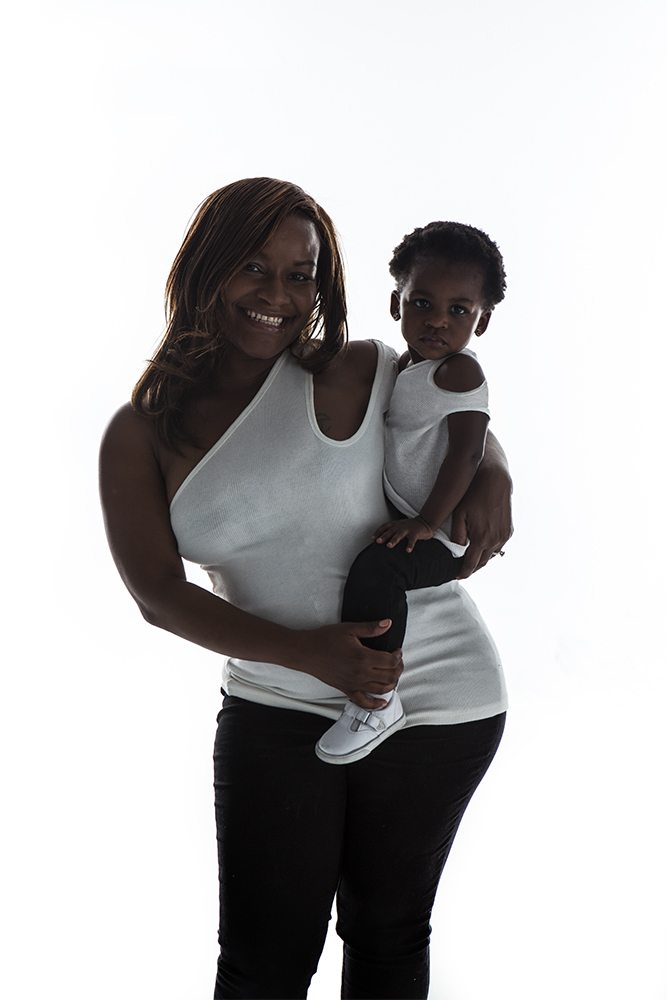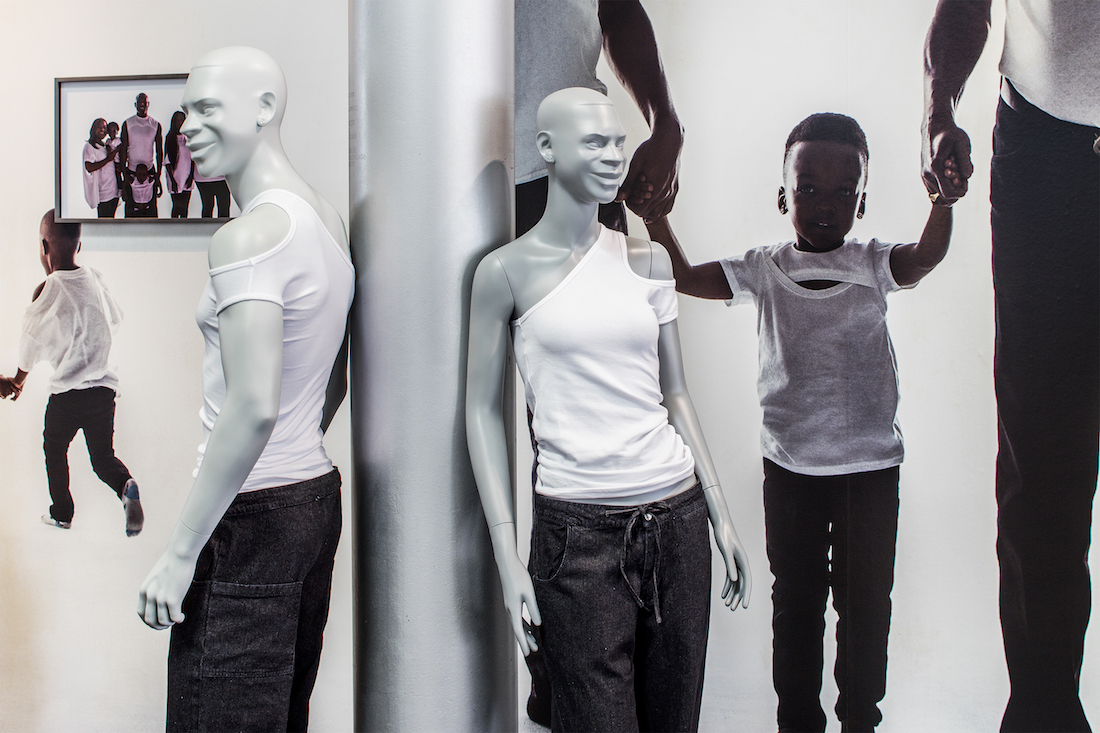“We all just want to have fun!” says artist Babak Radboy. As the creative director of this year’s Berlin Biennale, curated by pioneeringly strange online magazine DIS, Radboy’s contribution includes an immersive retrospective, at the Akademie Der Künst, of the cult New York clothing brand Telfar (of which he is also the creative director).
Radboy’s involvement with the biennale (“it’s a kind of very transgressive consultancy,” he says) is deep-rooted and a little hard to define — much like the trippy post-internet creative universe that orbits DIS and its community of artists, brands, and friends, including Ryan Trecartin, Hood by Air, and Juliana Huxtable.
For Radboy, this biennale is a culmination of the DIS perspective, which he defines as “post-contemporary.” And revisiting the work of Telfar, whose pieces have shown up repeatedly in videos by Trecartin, as well as in the everyday wardrobes of many artists in the scene, seemed fitting. “I feel like a lot of what we’ve all been doing crystallized in this moment. And that’s just always been Telfar’s perspective. He was the heart of the scene we all come from. A lot of us had to really intellectualize what it meant and he’d just been doing it since 2003.”

Radboy doesn’t see a disconnect in presenting a fashion brand at a contemporary art show. “Telfar actually started as an artist,” he says. “Back in 2012, the whole collection was being sold as a single work.” But when it came to finding a way to communicate the brand’s vision — which, Radboy admits, has proven notoriously difficult to explain — he decided to focus on something more accessible: Telfar’s work with the T-shirt.
“Part of telling the story about Telfar is telling the story about a lot of things that he isn’t and doesn’t do,” says Radboy. And so he wanted to explore Telfar’s “relationship to the expectations for a black designer, for a gay designer, expectations of gender or even being post-gender. He doesn’t do any of that. Everything is kind of fed through this ambivalence. Part of that is an ambivalence towards luxury. He loves core materials, and raw construction methods.”
The installation will display years’ worth of Telfar’s experiments with T-shirts across 20 mannequins, made in collaboration with Penther Formes and all modeled after Telfar himself and. “We had just made this anime video that had 45 Telfars in it, and I wanted to create that in physical space,” says Radboy. The doppelgangers will sit on benches, lean against pillars, and hang out among the real-life visitors in the Akademie’s atrium. To confuse matters, the staff at the institute, and all the fair’s venues, will also wear uniforms designed by Telfar.
Continuing the idea of multiplying Telfar, who has always been the very visible face of his own brand, a large billboard will hang in the space, displaying larger-than-life portraits of Telfar’s family (digitally altered to look eerily more like him), wearing Telfar’s designs.

What do Telfar’s family members think about appearing in one of Europe’s most progressive art events? “I think everybody comes from a different place,” Radboy says, cautiously. “They’re Liberian, and some of them are quite conservative, and I think they struggled to accept Telfar but they’re more and more impressed with what he’s doing. And he has a whole gaggle of aunties who are just in love with him.”
As a clothing brand, Telfar’s work has routinely confused the fashion world. But in a museum setting, it all seems to make more sense somehow. “Last season, we made a collection that was so off trend on purpose,” says Radboy. “We figure the further you go from trend, the more likely you are to made something new. But the reaction from the buyers was, ‘Well, this doesn’t look like anything from the store.’ So we’re thinking about ways to work more with museums and create our own stores.”
Ryan Trecartin and Lizzie Fitch are currently designing a mobile, shoppable installation for the brand that will travel around the country. If you can’t be in Berlin this weekend, you’ll be able to shop Telfar this summer on Fire Island, where the pop-up will make its first stop. “We’re going to do it on the ‘dick dock’ and the ‘meat rack,'” says Radboy smiling.
Credits
Text Alice Newell-Hanson
Images courtesy Telfar
